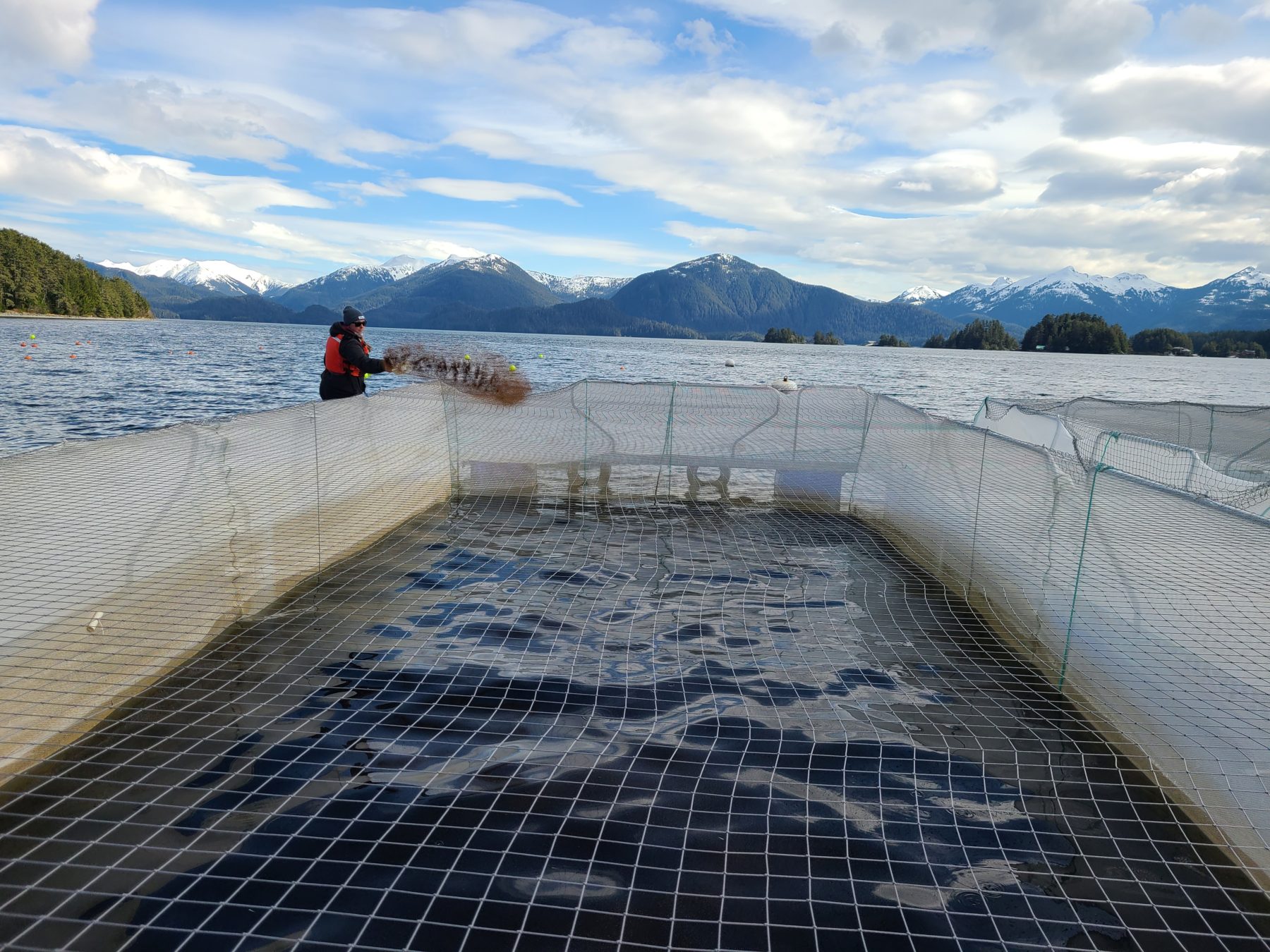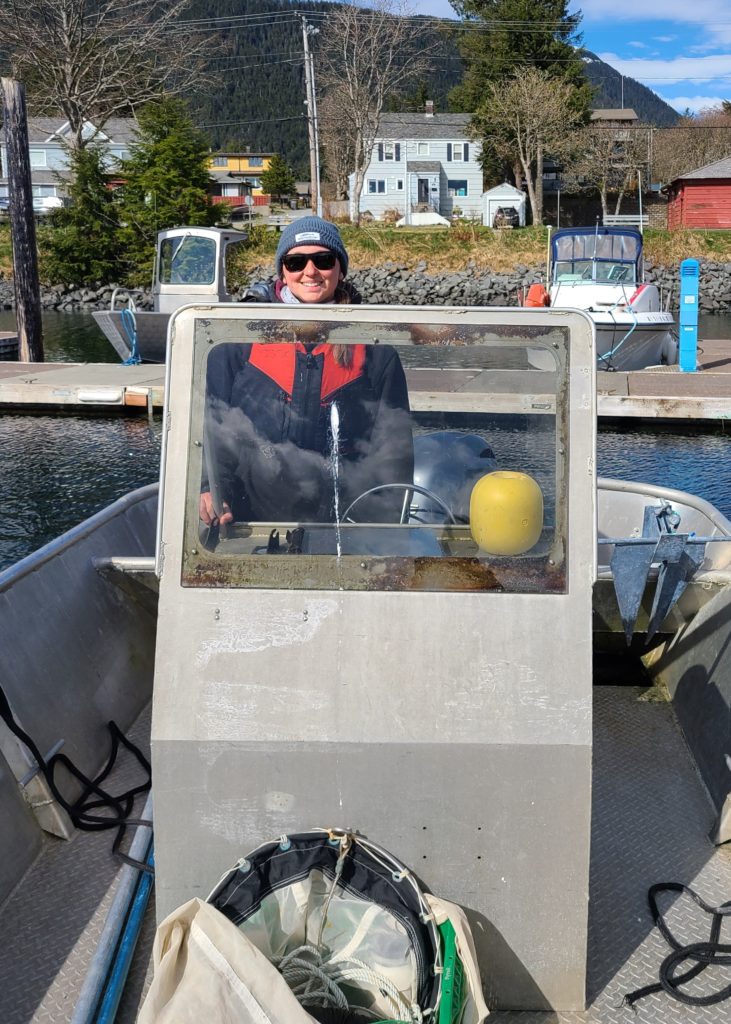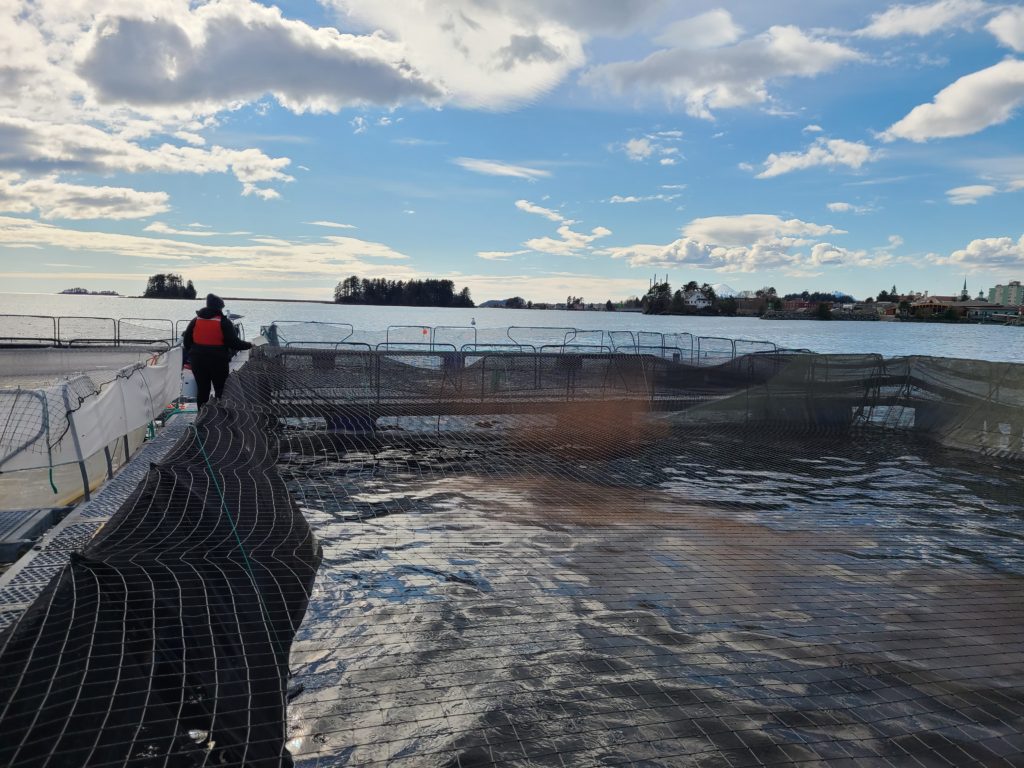
News
News
News
LOOKING FORWARD TO SPIFy- INSIGHTS WITH HALEY JENKINS – FISH CULTURIST
BY Karl Cranston Simmons

Karl is a graduating student from Pacific High School, who is working at the Science Center under the Purvis Calvin Field Station job program
For this installment of the SPIFy blog, we interviewed Haley Jenkins, the Fish Culturist at the Science Center. From Haley, we were able to get more info on SPIFy and the opportunities it’ll bring to the Science Center.
Haley Jenkins has been at the Science Center for almost three years and originally started as a Hatchery Apprentice. Before the Science Center, Haley majored in Marine and Freshwater Fisheries Conservation at Virginia Tech. “I got to learn the background of salmonids, the family of salmon and trout. So that kind of really sparked my interest in wanting to explore fisheries more.”
Haley went on to talk about hatcheries in Virginia. “We have trout hatcheries in Virginia, and especially in the area that I went to school in … ironically enough, I never really got involved with the hatcheries. I didn’t see aquaculture as my career, but I was very interested in it and willing to try it.”
Haley elaborates about how important education is to her.
“I like the base of education. I wanted to be a teacher, but I didn’t want to be a teacher. I like teaching people, but I also like the hands-on side of science.”
Haley does a lot of teaching as part of her job.
“Being in a place where I get to do hands-on work, and also teach students from all ages, primarily high schoolers, how to get to do the hands-on work and the fun side of science … it’s a cool way to get to teach and spread some knowledge, which appreciates.”
The salmon spawning process at SSSC currently uses a lot of steps. The new building will decrease this.“Before SPIFy, it was quite a process. We would scoop them out, net by net, and then knock them out with carbon dioxide, co2, and then kill them, euthanize them by whacking them on the head and then we’d sort them, take their eggs, rinse the eggs.”
Haley says the old raceways were cumbersome and inefficient.
“We were managing two different raceways, and the only way to get between the raceways was like a hole the size of a five-gallon bucket. So it wasn’t a super ideal situation, but you know, we got through it.”
She recalls how unsafe the old spawning center can appear to be.
“We made it as safe as we possibly could. But there were times that it was a little sketchy … the first month I worked here, I walked into the spawn shed. I remember Blake, our maintenance guy, putting up a wall, like a support wall on one side. And I was like, just asked what he was doing. And he was like, Well, you know, putting this up, so this doesn’t fall on you guys while you’re spawning.”Haley continues: “Luckily, his support wall worked, and IT DID NOT fall on us. We were constantly climbing in and out of the raceways, which was not the safest thing … I would say it was not the safest situation.”
Haley is excited that the new building will be more efficient and that will save time as well as people’s backs! “we would have to take all of our eggs into the spawning shed and then run buckets of eggs from the spawn shed into the incubation room of the stage building. So it took a lot of time with people running back and forth and back and forth building the building. But with this new facility, I think it’s going to be a lot faster and easier because our incubation system, our whole building, will be right where we’re spawning.”
SPIFyy will be safer and more efficient, and it’ll significantly prevent the loss of eggs.
“We’re not going to be running eggs. I think that before, it was really, probably hazardous. I mean, what if somebody trips and loses a bunch of eggs? You know, depending on the species, that’s a lot of eggs you could lose.”
SPIFy will also provide a better experience for visitors and community members
“it was tough. When we were spawning, while tourists were coming through, we had to keep them outside, specifically during the tourist season. We had to tell all of our tour guides to keep them specifically outside the spawning shed because fish are flying everywhere.”
SPIFy will also create a better experience for students and aquaculture instructors.
“There’s a maximum of 14 students per class, but we can only bring five to seven students in there to do stuff at a time because it’s just so crowded. So I think having more space and the facility right next to the spawning shed will make a better connection with the students, you know, they’ll be able to see everything all at one time.”

